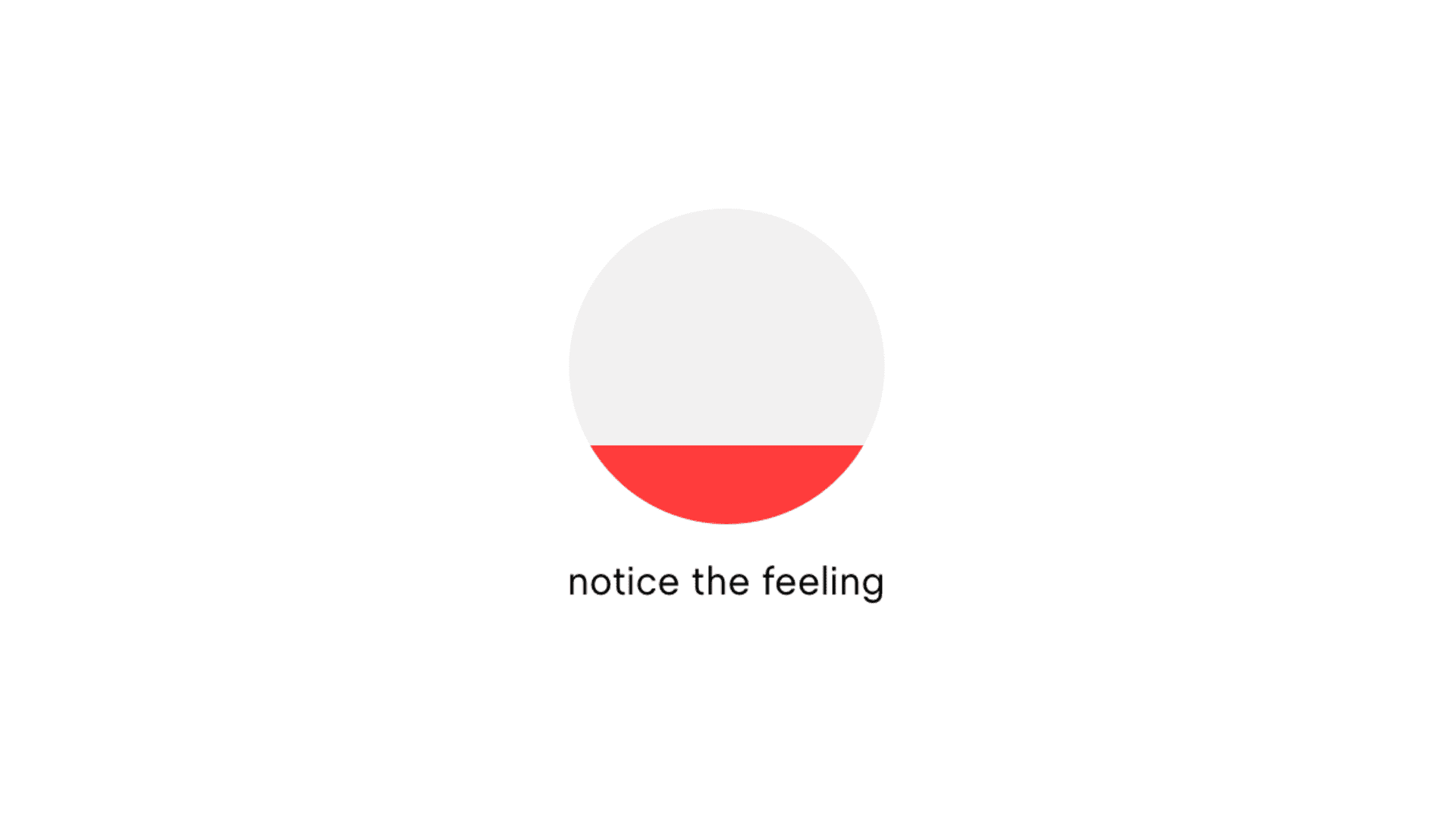“Just feel your feelings!” How many times have you heard this message, whether in social media posts, in articles about mental health, or from well-intentioned friends?
Unfortunately, this is often difficult to do because many of us have never actually been taught how to feel our feelings.
As a researcher on the psychology of happiness, I’ve seen how this can create problems for our well-being. Without knowing how to feel our feelings, it’s difficult to treat ourselves with compassion, make wise decisions, and grow as individuals.
Here’s a simple process I use:
Step 1: Notice the feeling.
Take a deep breath in and out to center yourself. Then, turn inward and ask, “What feelings am I experiencing right now?”
Pay attention to any physical sensations that you’re experiencing. For example, you might be able to discern anger due to a tight sensation in your chest, or notice fear because of a jittery feeling in your hands or legs.
Step 2: Name the feeling.
Putting your emotions into words makes them easier to manage.
How would you describe your emotional experience right now: annoyance, anger, envy, fear, disgust, disappointment, sadness, grief or something else? The more specific, the better.
Describe the feeling out loud with a phrase like, “I am experiencing disappointment right now.”
Step 3: Accept the feeling.
Growing up, many of us were taught to suppress or hide our emotions. So as an adult, your first instinct might still be to push them away. You may think, “It’s wrong to feel that emotion.”
Research has found that suppressing our emotions can have negative consequences for both physical and mental well-being. Instead, we want to accept it.
This emotion is offering you the opportunity to make a different, healthier choice. Use a phrase like, “I accept that I’m feeling angry right now.”
Step 4: Be with the feeling.
Once you’ve accepted the feeling, open up to it and fully experience it. The neuroanatomist Jill Bolte Taylor found that the physiological experience of…
Read the full article here

Leave a Reply